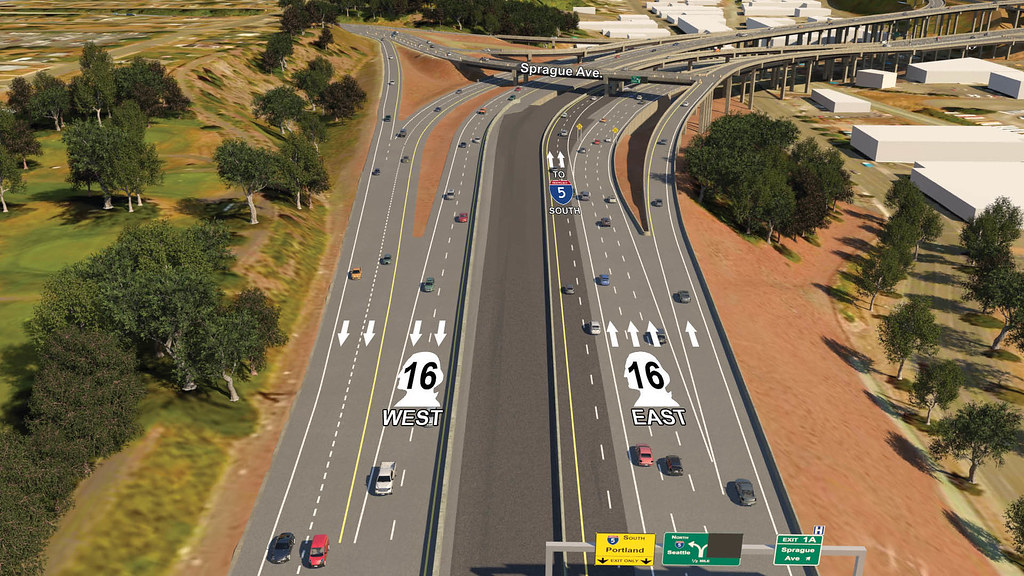In this article, we are going to explain the theory behind the highway alignment means what is highway alignment and what are the basic requirement of highway alignment. Ideal Highway Requirement and its concept. So please read the article till the end, and if you find any useful notes from this article please comment us.
Table of Contents
What is Highway Alignment
Highway alignment is defined as the layout of center line of highway on the ground. There are two types of highway alignment, Horizontal Alignment and Vertical Alignment.

Basically, Horizontal alignment includes the straight paths, horizontal roads curve, deviation, etc. While, Vertical alignment includes the changes in gradients and vertical curves.
Highway Alignment is a very important for highway design in perspective of construction cost, maintenance cost, vehicle operation cost, accident rate, land acquisition cost, and other factors which affecting the highway alignment.
The Finalizing of a unique highway alignment is also very important because if the alignment fixed and it constructed than it is not easy to change highway alignment due to cost of land adjoining, construction of costly structure by the road side, etc.
Lets understand the requirement of ideal highway alignment.
Also Read: Different Types of Road Patterns
Requirement of Highway Alignment
The basic requirement for ideal highway requirement is listed below.
- Short
- Easy
- Safe
- Economical
1. Short
It should be shortest between two terminal or important places. Straight alignment would be the shortest alignment but it can be diverted due to lots of practical reasons.
Why highway alignment should be short?
Highway alignment should be short because it affect the lots of factors such as construction and maintenance cost of highway, vehicle operation cost, time between two places, etc.
Also Read: Classification of Roads in India
2. Easy
The alignment should be such that it is easy to construct and maintain with minimum problems. Also the alignment should be easy for the operation of vehicles with easy gradients and curves.
3. Safe
Highway alignment should be safe for construction and maintenance natural hills slopes, embankment, cut slopes, foundation, etc. And also it should be safe foe vehicular activities with safe geometric features.
4. Economical
The highway alignment should be economical that means the initial cost, maintenance cost and vehicle operation cost during its life should be minimum.

